We arrived late, as we should have expected. Google maps could factor in traffic delays, but we should have accounted for traveling with two small children and a baby. The staff was gone for the day, but they had left our key in the wooden box nailed to the front of the red education building. We were in Cabin #1.
Quickly we unloaded our bags, half carrying, half dragging them across the gravel parking lot and along the path leading to our little red cabin, the first in a line of three. We climbed the steps to the tiny porch. The smell of pine was strong as we opened the door and stepped inside. Before us lay a simple room, furnished with two double beds, some chairs and small tables. On the walls hung large portraits of farm animals; scattered across the tables lay photo books filled with pictures of chickens and cows, pigs and sheep, goats and ducks. Mia and Lucas were immediately drawn to the books, but we were eager to see the real animals.
The sun had begun to set in the leisurely way it does in the New England summer. The fields and red buildings, the apple trees and wooden fences were all golden-hued in the light. As we crossed the field towards the barns, we felt a welcome chill in the air, remembering the scorching heat of the Virginia summer we had left behind that morning.
A small black shape appeared around the corner of the education building and ran to greet us. Mia and Lucas bent to pet the black cat, who stood on her hind legs and plowed their hands with affection, purring loudly. The children laughed at the cat’s antics and were pleased when she decided to fall into step with us as we continued towards the barns. But as we neared the first barn, we saw the chain blocking the path and the simple sign hanging from it. Sanctuary Closed.
Disappointed, we turned away. The quiet, the light, the solitude, the sanctuary — everything about our surroundings radiated peace. But nothing would make the gentleness of this place as real to my children as the animals, and they would have to wait until morning.
But then suddenly Lucas was pointing in all his just-turned-three excitement, and we followed his gaze to the cow pasture. There, sitting on the fence, bathed in the evening light, sat three scraggly baby birds, and there, just a little further along the fence two more. Swooping through the air all around them were swallows, their parents.
We stood and watched as the swallows flew down to the babies again and again, hovering for a split second above the eager, open-beaked fledglings. We stood and watched and learned to anticipate the arrival of the adults by the sounds the babies made, by the timing of their open beaks. We stood and watched and were grateful for witnessing this beautiful scene — watched parents feeding babies over and over again until our own hungry children demanded to be fed.
And together, we walked back across the field to our cabin, stalked by a black cat; and together, we talked about what we had seen and how lucky we were to have seen it. And I looked at my children, barely three and not-quite six, and at the baby in my arms, and I decided they were not too young and I told them about Annie Dillard and her copper pennies.
And just like Annie Dillard, our family’s copper pennies have been scenes of nature, our riches have been doled out to us in the cardinal Lucas spotted at the bird feeder, in the snake we found hiding by the play set, in the ladybug Mia discovered in the grass, in Jonah’s exclamation of “Gat!” as he pointed not only at cats, but at birds in the sky.
We watched tadpoles lose their tails and grow legs, and we watched the little peeper frogs they became change color as we released them to climb up the mottled bark of our crepe myrtle tree. We saw the first crocuses of spring peek out from beneath the grass in our neighbor’s yard and saw them closed again after the cold dark night, only to be reawakened by the sun. We glanced outside just in time to see our stub-tailed neighborhood squirrel peek his head out of our bird seed bag. We stood on the sandy beach, watching the Great Blue Herons clack their beaks together, necks twisting, courting in nests high in the trees. We saw a Kingfisher call and fly and call again in the park right by our house. We saw the iridescent blue and green cicada emerging from his shell on the curb one sticky hot morning last summer.
And I was reminded of another cicada emerging from his shell, many years ago, that time clinging to the bark of an old pine tree, illuminated by the light of my grandfather’s flashlight. And I could see my joy reflected in my grandfather’s face. Not just his joy at seeing the cicada emerging from his shell, but his joy at my own joy. And I knew then, my copper pennies, my riches, are not just in those moments when I glimpse a fleeting scene of nature, but in the moments of joy I see reflected in my children’s faces — in the riches doled out to them and in their appreciation for those pennies cast broadside from a generous hand*. And I hope as they grow, they continue to feel the world is generous to them, that their lives are rich in precious moments, and that their moments are one day multiplied as mine are, watching their own children find joy in copper pennies, in the riches of our family, in the inheritance of a healthy poverty and simplicity*.
*From Annie Dillard’s Pilgrim at Tinker Creek, an absolutely stunningly beautiful book that will break your heart over a crippled moth and have you searching for trees of light on a summer night.
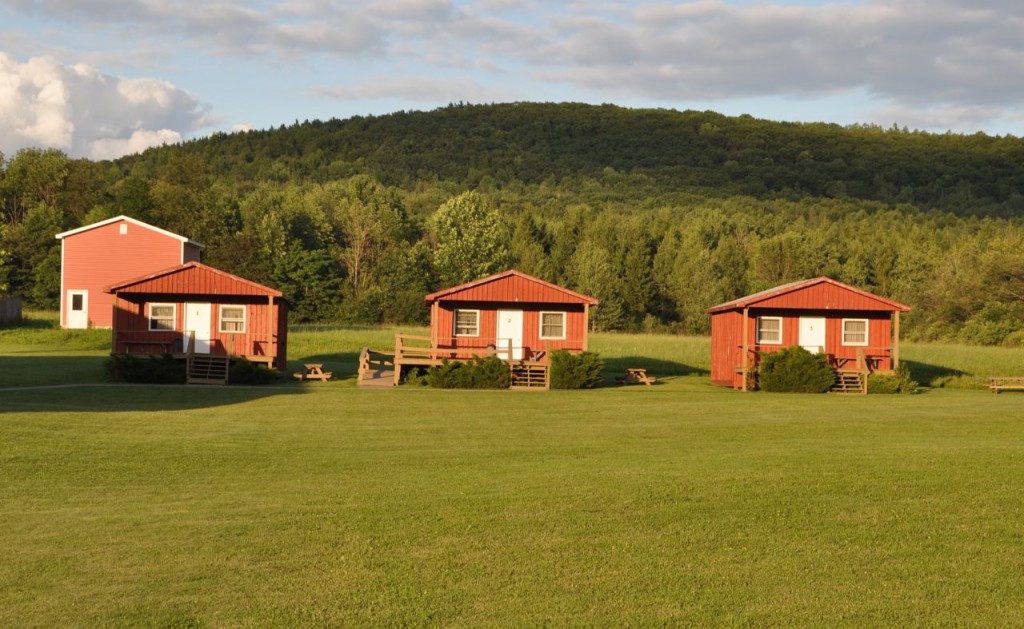
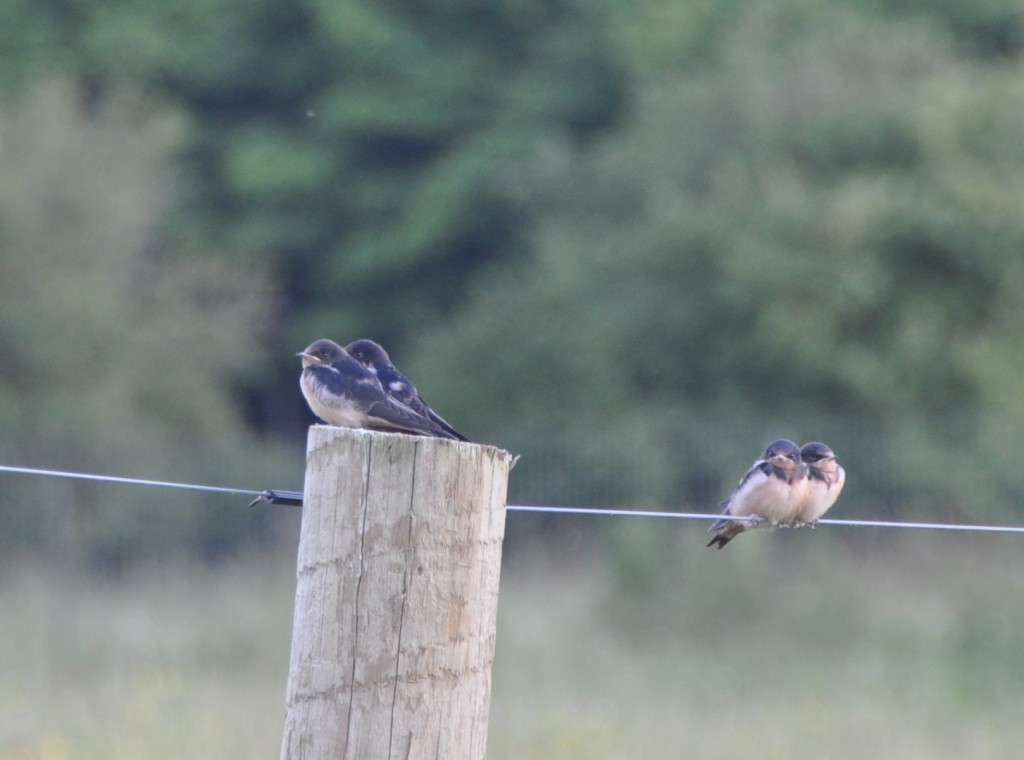
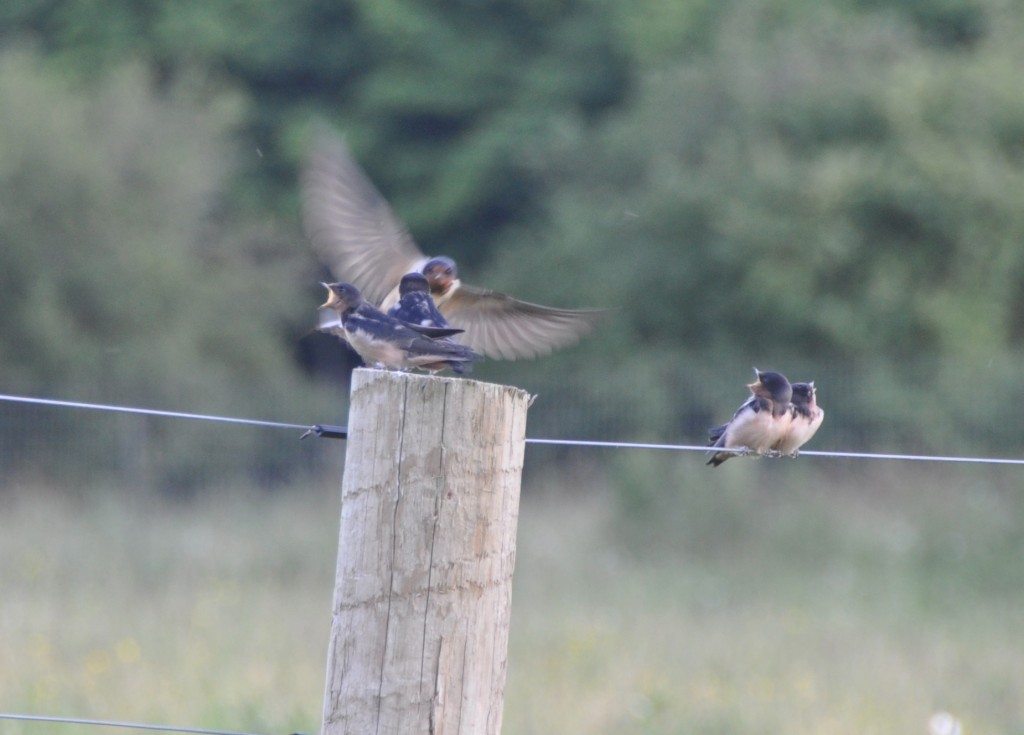
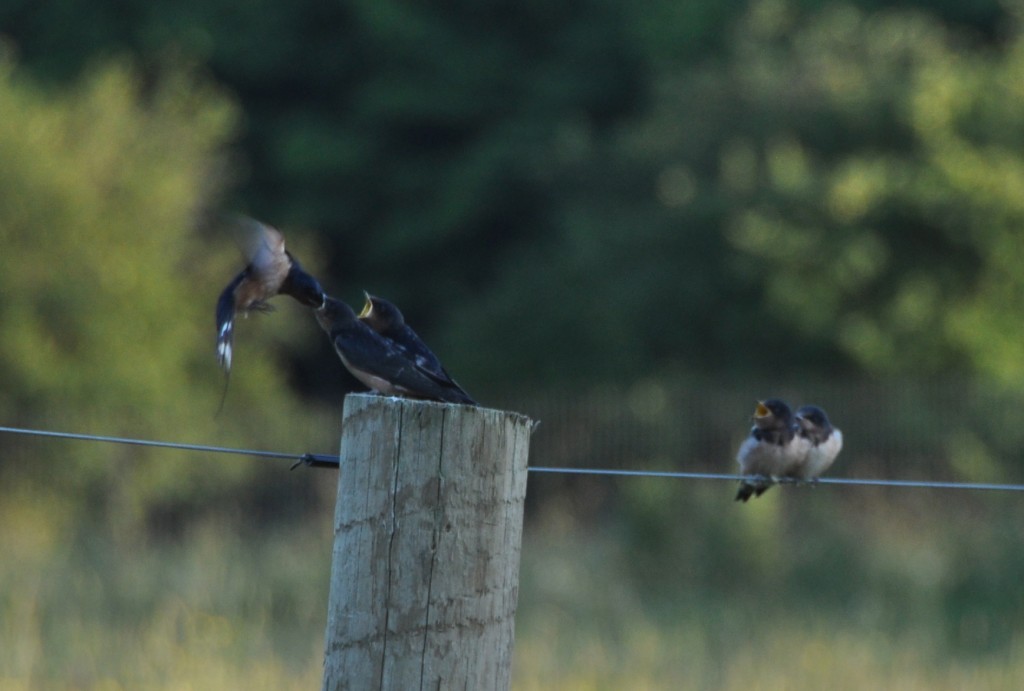
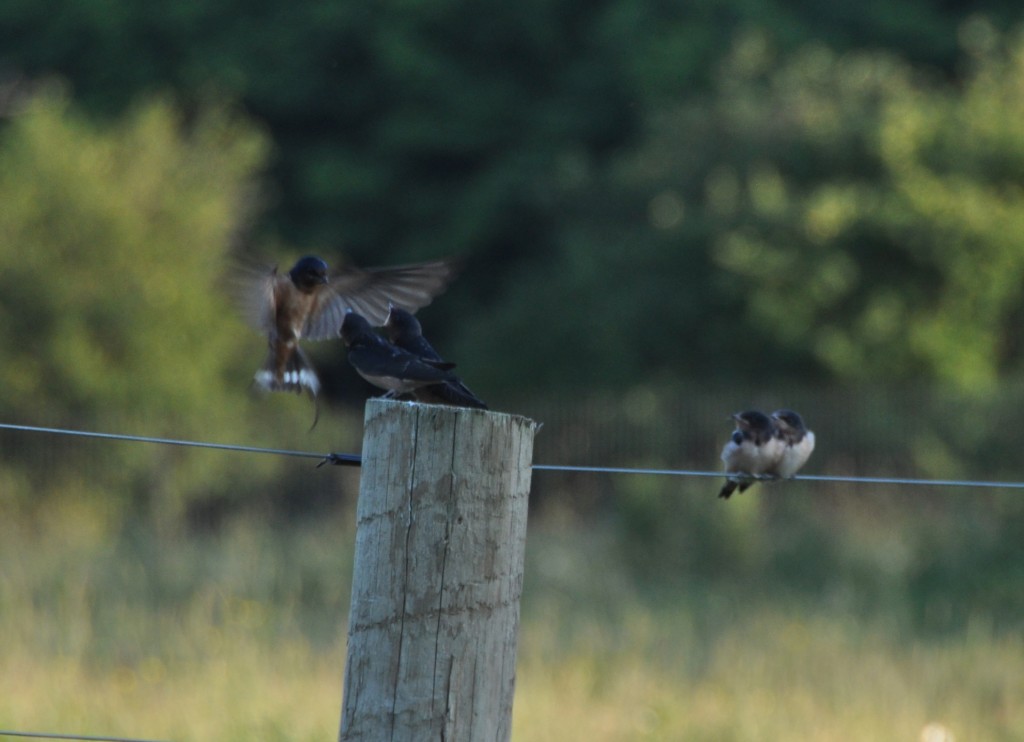
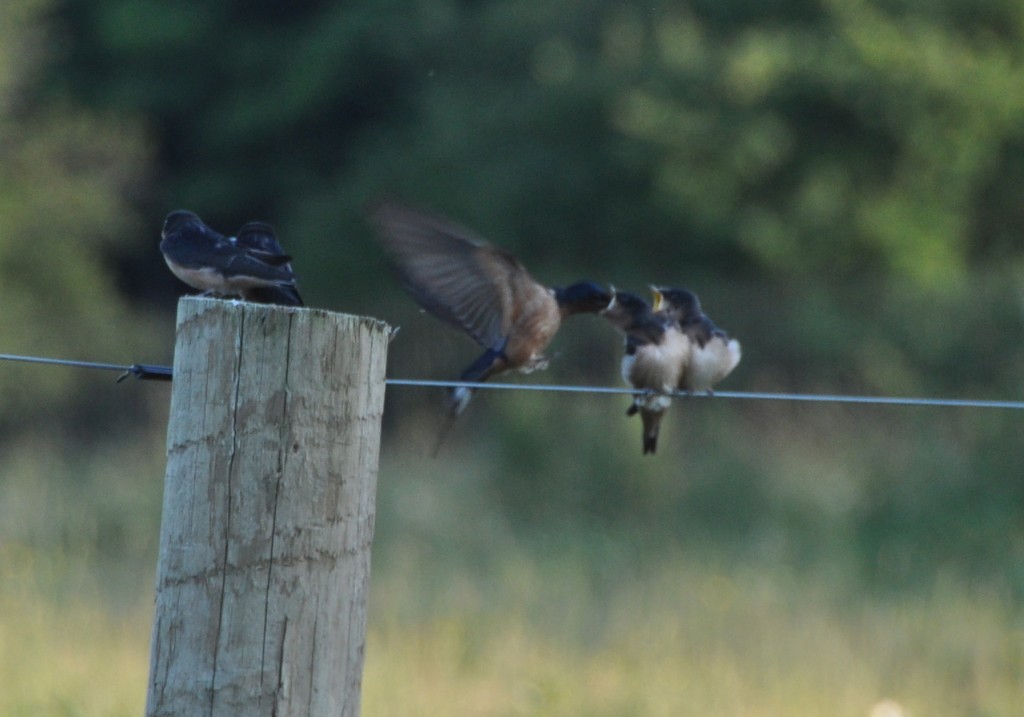
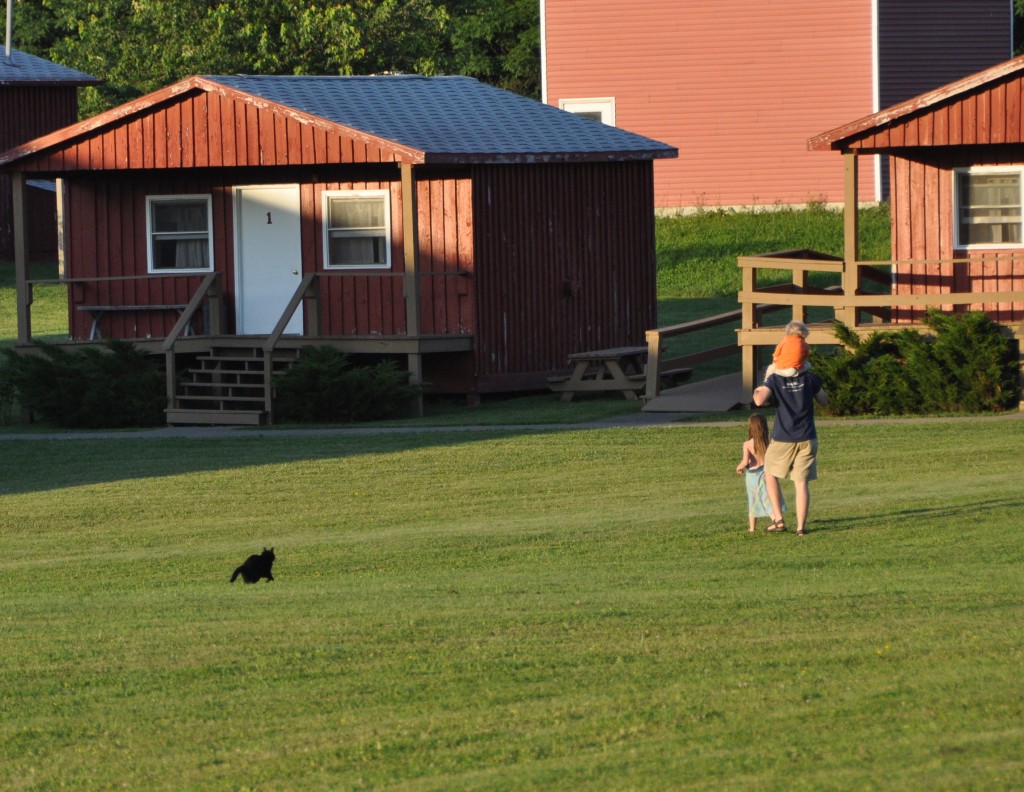
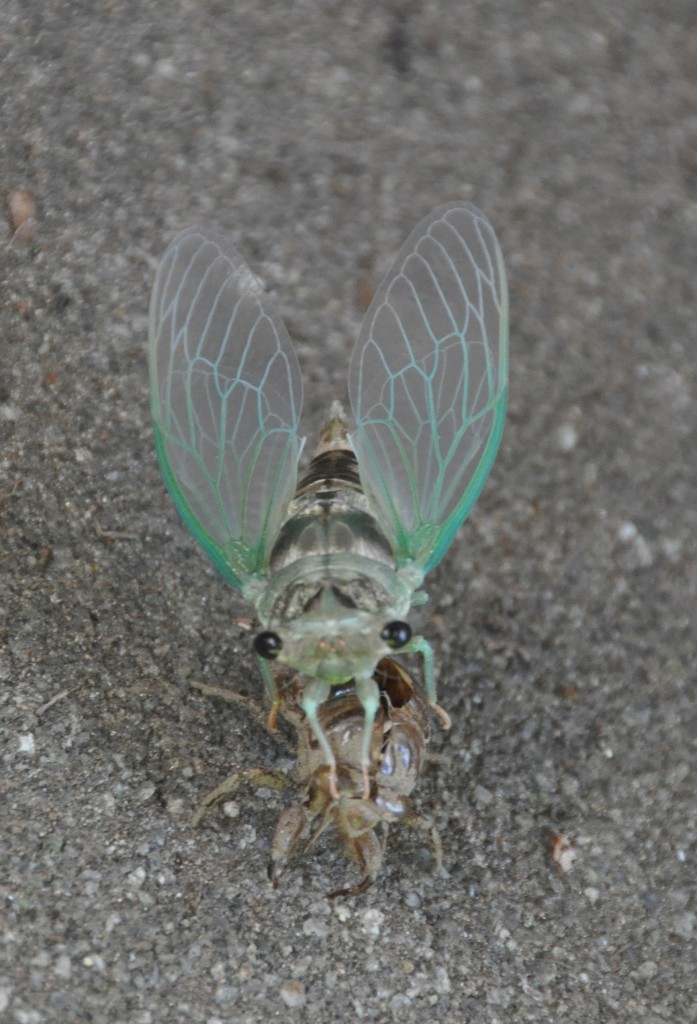
What a wonderful vacation locale…. What treasured memories you all are making as a family.